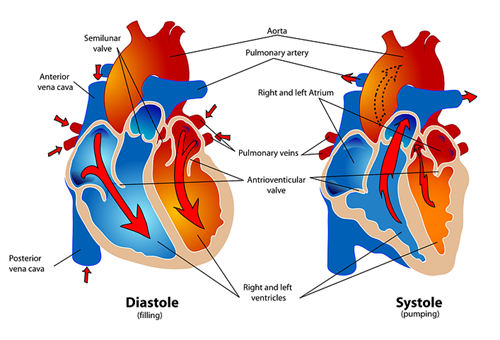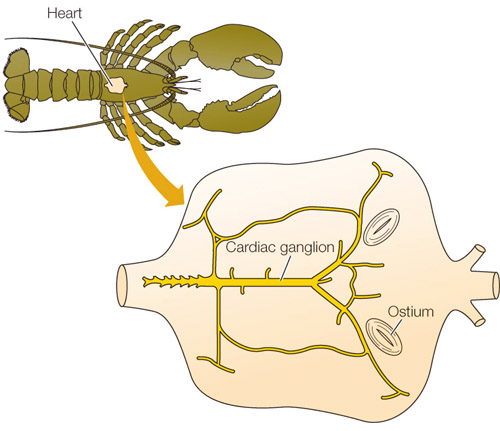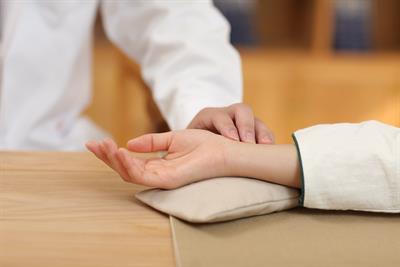
PUMPA - SMART LEARNING
எங்கள் ஆசிரியர்களுடன் 1-ஆன்-1 ஆலோசனை நேரத்தைப் பெறுங்கள். டாப்பர் ஆவதற்கு நாங்கள் பயிற்சி அளிப்போம்
Book Free Demo

The mammalian heart is myogenic, i.e., heartbeat originates from a muscle. Contraction of the heart is initiated by the sinoatrial node or SA node (a specialised portion of the heart muscle). SA node lies in the wall of the right atrium near the opening of the superior vena cava.
The SA node is a mass of neuromuscular tissue which is broader at the top and tapering below. It is made up of thin fibres. SA node acts as a pacemaker of the heart as it initiates impulses that stimulate the contraction of heart muscles.
The impulse from the SA node spreads like a wave of contraction over the right and left atrial wall pushing the blood through atrioventricular (AV) valves into the ventricles. The wave of contraction from the SA node reaches the AV node. The AV node picks the wave of contraction by the SA node.
The AV node is stimulated, emitting an impulse of contraction spreading to the ventricular muscle via the atrioventricular bundle and the Purkinje fibres.
